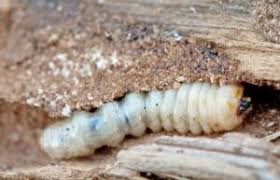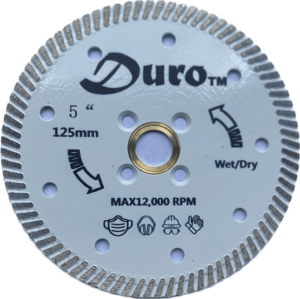Woodworms are one of the most destructive pests you can face in your home, silently attacking wooden furniture, beams, and floors. Left untreated, they can cause severe damage that compromises the integrity of your home. If you are dealing with woodworm issues or just want to take preventative measures, this article will help you understand what woodworms are, how to identify their damage, and the most effective ways to prevent and treat an infestation. For expert advice on handling woodworms, visit Woodworms.
What Are Woodworms?
Woodworms refer to the larvae of wood-boring beetles that feed on wood. The adult beetles lay their eggs in cracks and crevices on wooden surfaces, and when the eggs hatch, the larvae burrow into the wood to feed. Over time, this feeding causes significant damage, weakening the wood and leading to structural issues. Woodworms are often hard to spot, as the larvae live deep inside the wood, making the early stages of an infestation difficult to detect.
These pests are commonly found in older homes, but they can infest new buildings as well if the conditions are suitable. They are attracted to damp, poorly ventilated environments, making areas like basements, attics, and crawl spaces prime spots for infestations.
How to Identify Woodworm Damage
Identifying woodworm damage early is crucial to prevent further destruction. Some of the common signs of woodworm infestations include:
-
Exit Holes: Adult beetles emerge from the wood through small, round holes, usually 1-2mm in diameter. These holes are one of the first signs of woodworm activity.
-
Powdery Frass: This fine, dust-like material is excreted by the larvae as they burrow through the wood. It often collects around exit holes or near infested wooden areas.
-
Softened Wood: Over time, the wood affected by woodworms becomes soft and weak, causing it to crumble or break with little effort.
-
Visible Beetles: If you spot small, brown or black beetles around your home, it could be a sign that an infestation has reached its adult stage.
Why Woodworms Are a Problem
Woodworms can cause severe damage to your home if not addressed quickly. The larvae burrow deep into wooden structures, weakening beams, flooring, and furniture. If left untreated, the damage can affect the structural integrity of your home, leading to expensive repairs. What makes woodworms particularly dangerous is that the damage is often hidden. By the time the signs are noticeable, the infestation may already be widespread.
How to Prevent Woodworm Infestation
Prevention is the best way to protect your home from the costly effects of woodworms. Here are a few preventive measures you can take:
-
Proper Ventilation: Woodworms thrive in damp, poorly ventilated areas. Ensure that your home has adequate ventilation, especially in areas like basements, attics, and crawl spaces. Proper airflow can help keep the environment unsuitable for woodworms.
-
Wood Preservation: If you’re installing new wood or replacing wooden furniture, treat it with a wood preservative. This helps protect the wood from becoming infested by woodworms.
-
Regular Inspections: Inspect your home regularly for signs of woodworm damage, especially if your property is older. The earlier you catch an infestation, the easier it will be to treat.
How to Treat Woodworm Infestations
If you’ve discovered a woodworm infestation, several treatment methods are available to help eliminate the pests and repair the damage:
-
Chemical Treatments: Chemical insecticides are often the most effective way to kill woodworms. These treatments penetrate the wood, killing larvae and preventing further infestation. They can be applied using a brush or spray.
-
Fumigation: In cases of severe infestations, fumigation can be a useful method. This involves sealing the affected area and releasing a gas that kills both larvae and adult beetles. It’s typically used for larger, widespread infestations.
-
Boric Acid: Boric acid is a natural and safer alternative to chemical treatments. It can be applied to the wood to kill larvae. It is less toxic to humans and pets, making it a better option for homes with children or animals.
-
Professional Pest Control: If the infestation is too large to handle on your own, it’s advisable to contact a professional pest control service. These experts have the right tools and experience to safely and effectively deal with woodworms.
How to Repair Woodworm Damage
After you’ve treated the woodworm infestation, the next step is repairing the damage. For minor infestations, you can fill the exit holes with wood filler or epoxy. However, if the damage is extensive, you may need to replace the affected wood entirely. If the infestation has affected load-bearing beams or structural elements, it’s best to consult a professional to ensure the repairs are done correctly and safely.
Conclusion
Woodworms are more than just an inconvenience; they can cause lasting damage to your home if not addressed promptly. Early detection, preventive measures, and effective treatments can help protect your property from these destructive pests. For more information on how to deal with woodworms and other pest-related issues, visit Woodworms, your trusted source for pest control solutions.



